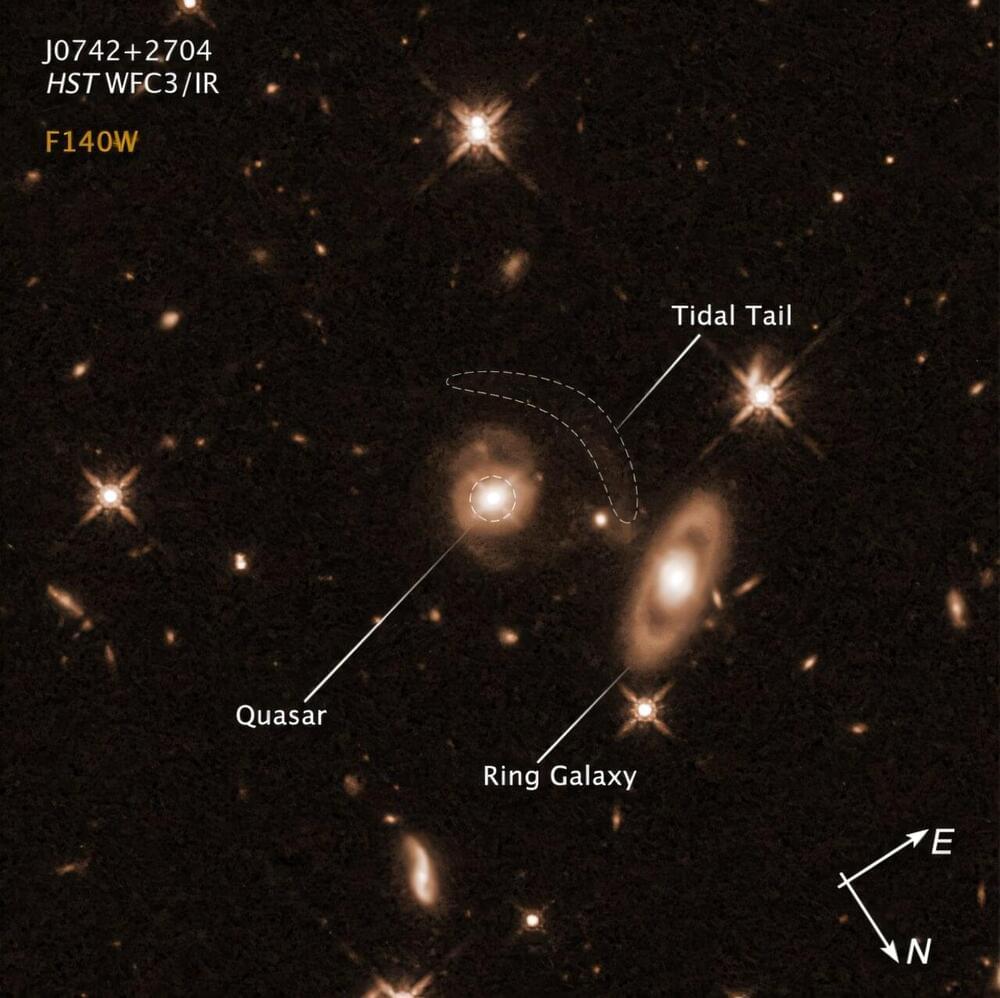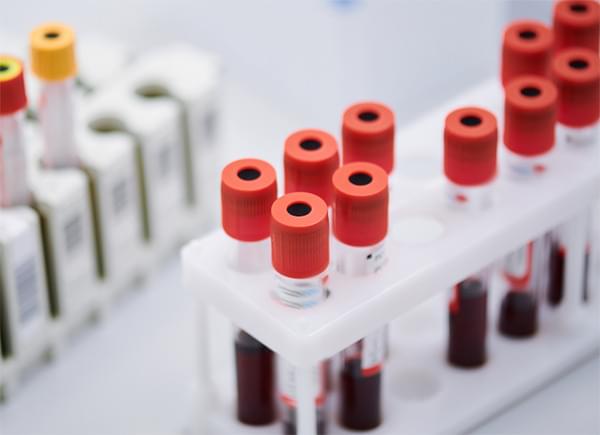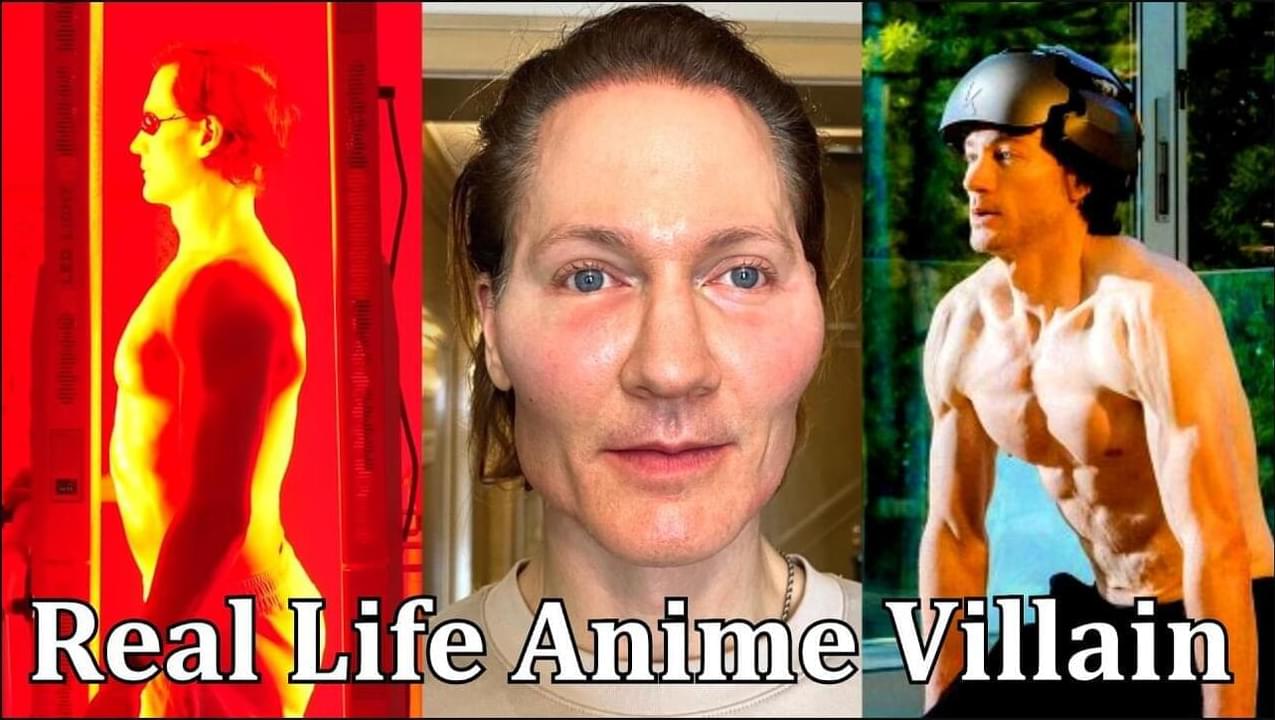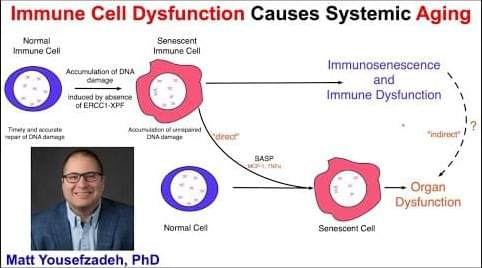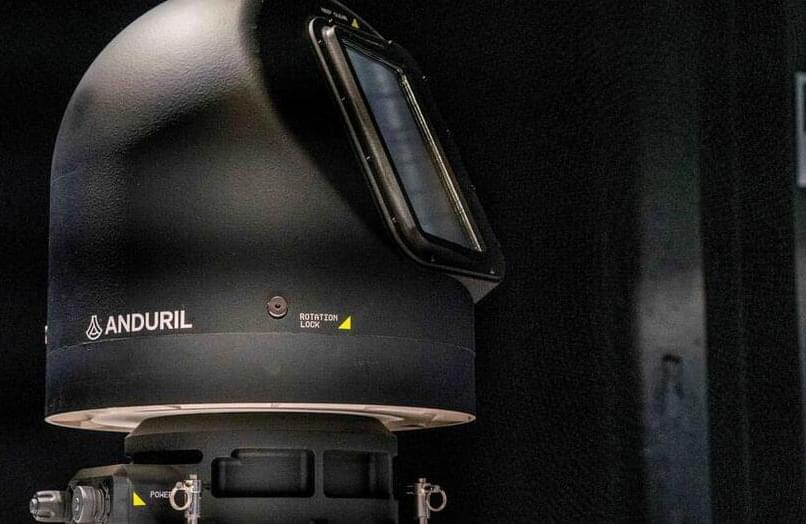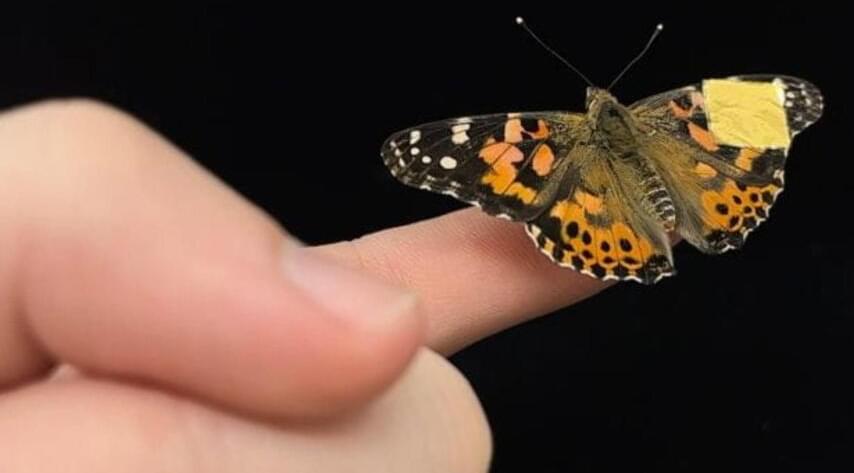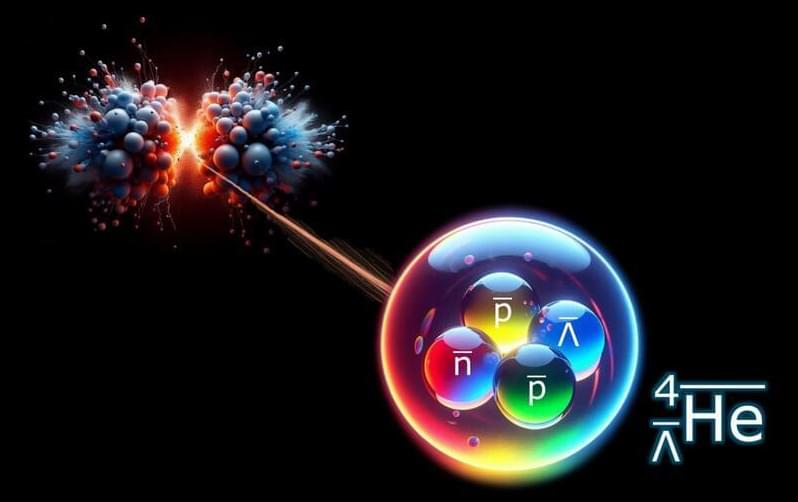Jan 16, 2025
Hubble reveals surprising spiral shape of galaxy hosting young jet
Posted by Shubham Ghosh Roy in categories: cosmology, materials
The night sky has always played a crucial role in navigation, from early ocean crossings to modern GPS. Besides stars, the United States Navy uses quasars as beacons. Quasars are distant galaxies with supermassive black holes, surrounded by brilliantly hot disks of swirling gas that can blast off jets of material.
Following up on the groundbreaking 2020 discovery of newborn jets in a number of quasars, aspiring naval officer Olivia Achenbach of the United States Naval Academy has used NASA’s Hubble Space Telescope to reveal surprising properties of one of them, quasar J0742+2704.
“The biggest surprise was seeing the distinct spiral shape in the Hubble Space Telescope images. At first I was worried I had made an error,” said Achenbach, who made the discovery during the course of a four-week internship.
